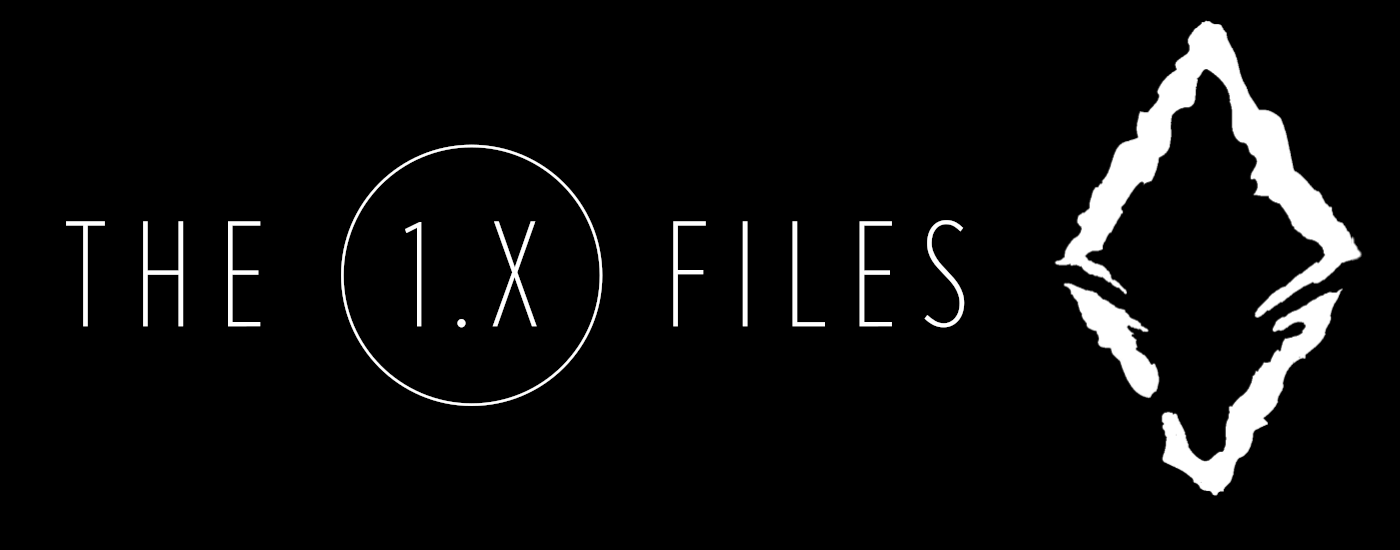What awaits the Ethereum ecosystem in 2025?


The following is a guest post by Rostyslav Bortman, founder of Ethereum Ukraine.
Let’s face it, 2024 has been a year of technical success for Ethereum, but it has also been a year of financial disappointment.
Meanwhile, Dencun has finally been deployed and is seeing activity on the ecosystem’s layer 2 network. It soared Number 4.
On the other hand, Ethereum is starting to lag behind Solana in terms of developer numbers, and ETH’s dynamics are not meeting investors’ expectations.
Nonetheless, Ethereum’s technical structure ensures strong expectations for growth. Today we already have all the tools to create more convenient and efficient solutions. What still remains a challenge is implementation.
In this article, we look at the major changes Ethereum will face in 2025 and how new technological concepts and interest in real-world applications could finally shape the protocol. Really user friendly for the public.
Native interoperability of L2 clusters
Most projects today that operate with multiple rollups must use bridges (e.g. Across) or custom solutions to interact between networks. does not exist legitimate Basic interoperability is not yet – Everything is connected to a separate protocol that manually connects the ecosystem.
But that’s expected to happen by 2025. Basic interoperability At least it will appear within a certain period of time. L2 cluster (Superchain, elastic chain, aggregate layer). This means that transactions and data can move quickly and reliably between different rollups without bridges, centralized oracles, or intermediaries.
In fact, Vitalik Buterin believes that the main problem is the lack of a unified cross-chain standard that can be accepted by most rollups. However, even without this, the fact of appearance is Built-in interoperability will form A new narrative in Layer 2 Attract more resources and generate more interest on this topic.
And groundbreaking products are born only from the energy of developers. New standards for interoperability between rollups could be the key to better distributed applications and true Web3 innovation.
EIP-7702: A new level of UX and security for Ethereum
If you have been following the development of Ethereum, you have definitely heard of it. EIP-7702is one of the most important suggestions for improving UX and account security. Actually, it is evolution EIP-4337However, native integration is possible right at the protocol layer.
What does this actually mean? EOA Account (Traditional wallets like MetaMask) can execute arbitrary code within a transaction. Simply put, they can actually change to: AA Wallet (Account Abstraction, EIP-4337). This opens up many new opportunities.
- Transaction batch processing – Say goodbye to dozens of approvals and multi-step DeFi operations. Everything can be completed within a single transaction.
- Pay for gas with USDC – Now you no longer need to store ETH just for fees.
- Advanced security solutions Multi-factor authentication, social account recovery, and other use cases will become standard.
Therefore, Ethereum will become more convenient and accessible by removing restrictions for billions of users. If this proposal is implemented, real revolution Web3 UX and Security.
Time to build a dApp
Everyone sees it, but now it’s finally time to act. The Ethereum community has been focused on the infrastructure layer for too long and has lost sight of what really matters to users: their foundation. application. While Ethereum is busy discussing modularity and new L2 architectures, powerful alternatives have emerged in the following areas: actual product.
Now is the time to do it. We shift our attention to decentralized application development that simplifies practical utility.. Projects such as warp cast, parkade games, file bus, PolymarketAnd others show how to build convenient services on blockchain. And of course we can’t ignore AI agent It will become an important element of the ecosystem.
This trend will be the main focus of a new hackathon in Kiev involving Zero1 Labs and IdeaSoft. We will be fully committed to the development and implementation of AI agents in the blockchain ecosystem.
But there is another “but”. Applications must take into account all the technical complexities of modular Ethereum for their users.. This has been one of the biggest challenges for the ecosystem in recent years. Today, if you have assets on Base and need to conduct transactions on Arbitrum, you will face difficulties. Yes, Across and other blockchain protocols partially solve this problem, but only under certain conditions.
- If the amount is not too large,
- If the solver has sufficient liquidity (i.e. some non-memecoin token is popular)
- Unless it’s an altVM that usually lives by its own rules.
How to become a decentralized application extendedThey are not only functional convenientlybut Invisibly To users. This is what the Ethereum ecosystem lacks today, and this is where its future lies.
What do you expect in 2025?
An application that completely hides the technical complexity of the UX and prevents users from thinking about whether they have stored ETH or USDC in L2.
Yes, basic interoperability is importantBut the most important thing is that this is no longer the future, but reality. Most of the tools you need to create that experience already exists.
Despite this, we are still not seeing rapid changes in UX, Web3 is still inconvenient for mass users.. We hope that 2025 will be the moment when this finally begins to change.



